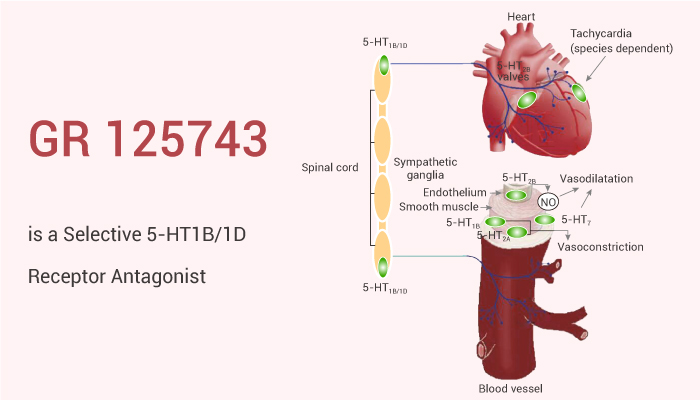The negative feedback system regulates the 5-Hydroxytryptamine 5-HT release. Besides, the negative feedback system is mediated by autoreceptors located on neuronal terminals and cell bodies. The terminal autoreceptor in the guinea pig and human is of the 5-HT receptor subtype 1D. And the terminal autoreceptor in the rat is of the 5-HT receptor subtype. These receptors are species homologs of the same gene product and their names are r5-HT, g5-HT, or h5-HT receptors for the rat, guinea pig, and human, respectively.
Somatodendritic autoreceptors encompass both 5-HT receptors and 5-HT receptor subtypes. Activation of 5-HT auto-receptors on cell bodies and dendrites of 5-HT1A neurons can induce a downregulation in spontaneous firing rates of neurons. This will result in a decrease in 5-HT released terminal regions.
Additionally, the activation of 5-HT receptors downregulates somatodendritic release 1A of 5-HT within the cell body regions. Stimulation of 5-HT receptors in the raphe nuclei also downregulates the 5-HT amount releasing in cell body regions. However, it does not appear to directly modulate the firing activity of neurons.
In this article, we will introduce a selective 5-HT1B/1D receptor antagonist, GR 125743.

Firstly, in vitro. Methiothepin is a non-selective 5-HT receptor inverse agonist. It directly increases the 5-HT levels, reaching a maximum of 325% of basal 1h after application. Moreover, The selective 5-HT receptor partial agonist GR125743 also produces significant transient increases in extracellular 5-HT. It reaches the maximum of 270% of basal and the mean AUC is 208% for GR 125743.
In vivo, in male Dunkin Hartley guinea-pigs, GR125743 (0.3 mg/kg; i.p.) produces significant decreases in extracellular 5-HT in the frontal cortex of the conscious guinea pig. Local perfusion of 5-HT1B/1D receptor inverse and partial agonist attenuates 5-HT terminal auto-receptor function in vivo.
In conclusion, as a 5-HT1B/1D receptor antagonist, GR 125743 plays its role in vitro and in vivo.
Reference:
Roberts, C, et al. European Journal of Pharmacology. 1997 May 12;326(1):23-30.